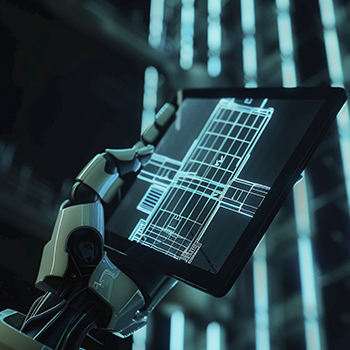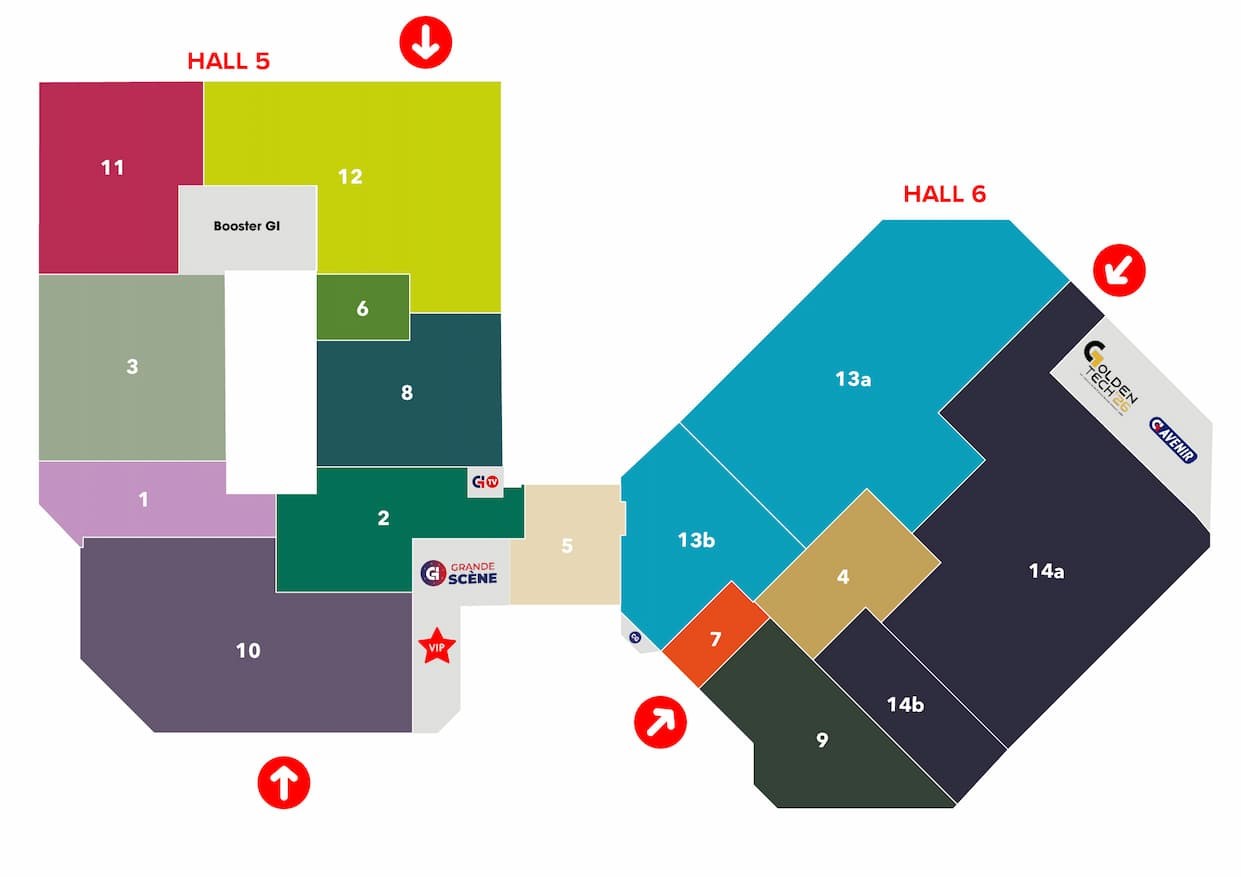
Digital Technologies Village
Digital Technologies at the Heart of the Industry of the Future
The industry of the future is built on the convergence between digital technologies and industrial systems. This transformation relies on major technological pillars that enhance the connectivity, performance, security, and intelligence of factories.
The Digital Technologies Village at Global Industrie illustrates this evolution by bringing together key ecosystem players around complementary themes: industrial networks and 5G, artificial intelligence, cybersecurity, edge and cloud computing, data centers, and digital twins.
1. Industrial Networks and 5G
Traditionally, industrial networks are divided into two distinct domains:
- OT (Operational Technology) networks: used for machine control, supervision, and data collection from sensors.
- IT (Information Technology) networks: dedicated to enterprise applications such as ERP, MES, PLM, or CRM.
The arrival of 5G is transforming this divide into a powerful convergence between OT and IT. It delivers increased, fast, and reliable connectivity, facilitating the sharing and flow of industrial data.
This technology enables the transport of industrial protocols such as Profinet, OPC-UA, or Modbus, paving the way for greater interoperability.
Objective: establish a Network & Protocol Hub to explore synergies between OT, IT, and 5G, and support the modernization of industrial infrastructures.
2. Artificial Intelligence (AI)
Artificial Intelligence (AI), Machine Learning (ML), and Deep Learning (DL) are now at the core of industrial digital transformation.
These technologies enable:
- Process automation and intelligent decision-making.
- Analysis and optimization of data flows.
- Predictive maintenance and continuous performance improvement.
By leveraging data from connected systems (MES, ERP, PLM, WMS, SCADA, etc.), AI becomes a key driver of competitiveness and innovation for the industry.
Objective: create a Data & AI Hub uniting expertise in application development and data utilization.
3. Cybersecurity
Cybersecurity is a transversal and vital challenge for the connected industry.
It ensures the protection of sensitive data, production continuity, and resilience against cyber threats.
With the growing number of entry points (IoT, 5G, Cloud, AI, etc.), it is essential to deploy security strategies at every level—from network to cloud, including devices and applications.
Objective: integrate cybersecurity into both the Network & Protocol Hub and the Data & AI Hub to ensure comprehensive and consistent protection of industrial infrastructures.
4. Edge Computing and Cloud
Edge Computing brings computing power closer to data sources (sensors, machines, robots), enabling fast, local processing for critical applications.
Cloud Computing, on the other hand, provides massive storage, analysis, and collaboration capabilities on a global scale.
By combining these two approaches, manufacturers benefit from:
- Reduced latency and improved responsiveness.
- Intelligent centralization of data for global analysis.
- Operational flexibility through hybrid and secure architectures.
Objective: establish an Industrial Edge & Cloud Hub to design distributed, interconnected architectures tailored to the needs of smart factories.
5. Data Centers and Digital Infrastructures
Data centers form the physical and strategic backbone of the industrial digital world.
They host IoT platforms, information systems, cloud environments, and critical production data.
Key priorities include:
- Sovereignty and security of industrial data.
- Energy efficiency and sustainability of infrastructures.
- Interoperability with 5G networks, Edge environments, and AI systems.
Objective: develop a Digital Infrastructure Hub dedicated to data centers and secure interconnections between industrial sites and public or private clouds.
6. Digital Twins
The digital twin is a precise virtual representation of a physical object, system, or process.
It allows simulation, monitoring, and performance optimization in real time throughout the entire industrial lifecycle.
Its applications are numerous:
- Production simulation prior to implementation.
- Predictive maintenance and anomaly detection.
- Continuous optimization through the fusion of real-world data and digital models.
Objective: establish a Digital Twin & Industrial Simulation Hub bringing together experts in modeling, data science, and augmented reality.
An Integrated Vision of Industrial Digitalization
These six pillars — Networks & Protocols, Data & AI, Cybersecurity, Edge & Cloud, Digital Infrastructures, and Digital Twins — form a coherent and interconnected ecosystem.
They reflect the ambition to unite technology and industry in the pursuit of smarter, safer, and more sustainable production.
The Digital Technologies Village thus stands as a space for demonstration and innovation, where the industry of the future is built in real terms.
In this village you will find the following solutions:
- Digitalisation
- Automation
- Mechatronics








